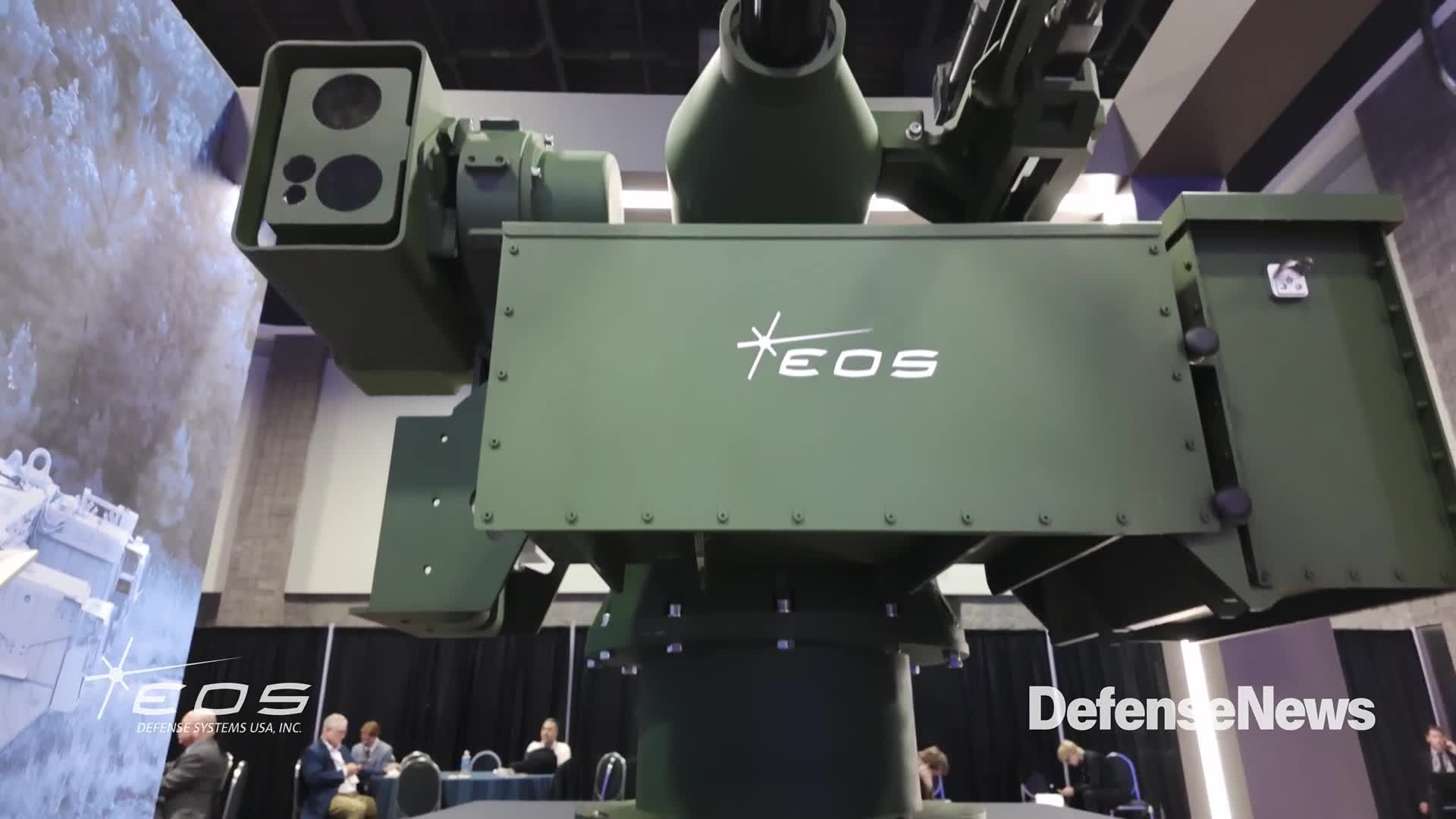ISLAMABAD — Pakistan is set to acquire the Chinese FC-31 Gyrfalcon fifth-generation fighter, according to head of the Pakistan Air Force.
Air Chief Marshal Zaheer Ahmed Baber Sidhu was speaking Jan. 2 at an induction ceremony for new equipment — which included J-10C Firebird fighters — when he said the FC-31 would enter service in the near future.
The service did not reply to Defense News’ questions about an acquisition timeline and aircraft quantity, nor what this purchase means for Pakistan’s previously expressed interest in the Turkish-made Kaan fifth-generation fighter.
Indeed, it’s unclear what this purchase means for the fleet, as well as how it would impact the military balance between archrivals Pakistan and India, said Justin Bronk, an aerospace expert with the Royal United Services Institute think tank in London.
“The impact of a J-31/FC-31 acquisition by Pakistan is difficult to predict at this stage because the capabilities and time frames for delivery are so vaguely understood,” he told Defense News.
“A great deal will depend on the level of stealth achievable in practice, the sensors and sensor fusion in the aircraft when operational, and the time taken for delivery,” he added, “since the development of Indian sensor, fast jet, air defense and weapon capabilities will continue in the interim.”
However, the sale to Pakistan is significant for China, said Rick Fisher, an expert on China’s military at the U.S.-based International Assessment and Strategy Center think tank.
“Splitting this program with Pakistan is very important, as [it] provides a subsidy that then supports ... production for the Chengdu J-20 heavy fifth-gen fighter and defends the Pakistan market from looming European and Turkish fifth-gen options,” he told Defense News.
“Since its inception, the FC-31/J-35 program has been [a] clear objective for the [Chinese People’s Liberation Army] PLA inasmuch as it requires a lower-cost fifth-gen fighter to build up its own numbers, provide a true fifth-gen platform for the PLA Navy, and to compete internationally with the F-35 and the fourth-gen-plus [European aircraft],” he added.
But there’s a downside to Pakistan’s acquisition plan, according to Kaiser Tufail, an analyst and former Pakistan Air Force pilot.
“Firstly, induction of too many types of fighters is not helpful from the training and maintenance aspects. Secondly, the country’s economic scenario is rather grim, and spending needs to be curtailed drastically,” he said. “I feel that the JF-17 [Block 3], J-10 and F-16s can perform the air superiority role adequately.”
“The need for stealthy platforms can be met by UAVs, which are excellent platforms for tactical support operations over the battlefield,” he added.
Usman Ansari is the Pakistan correspondent for Defense News.








